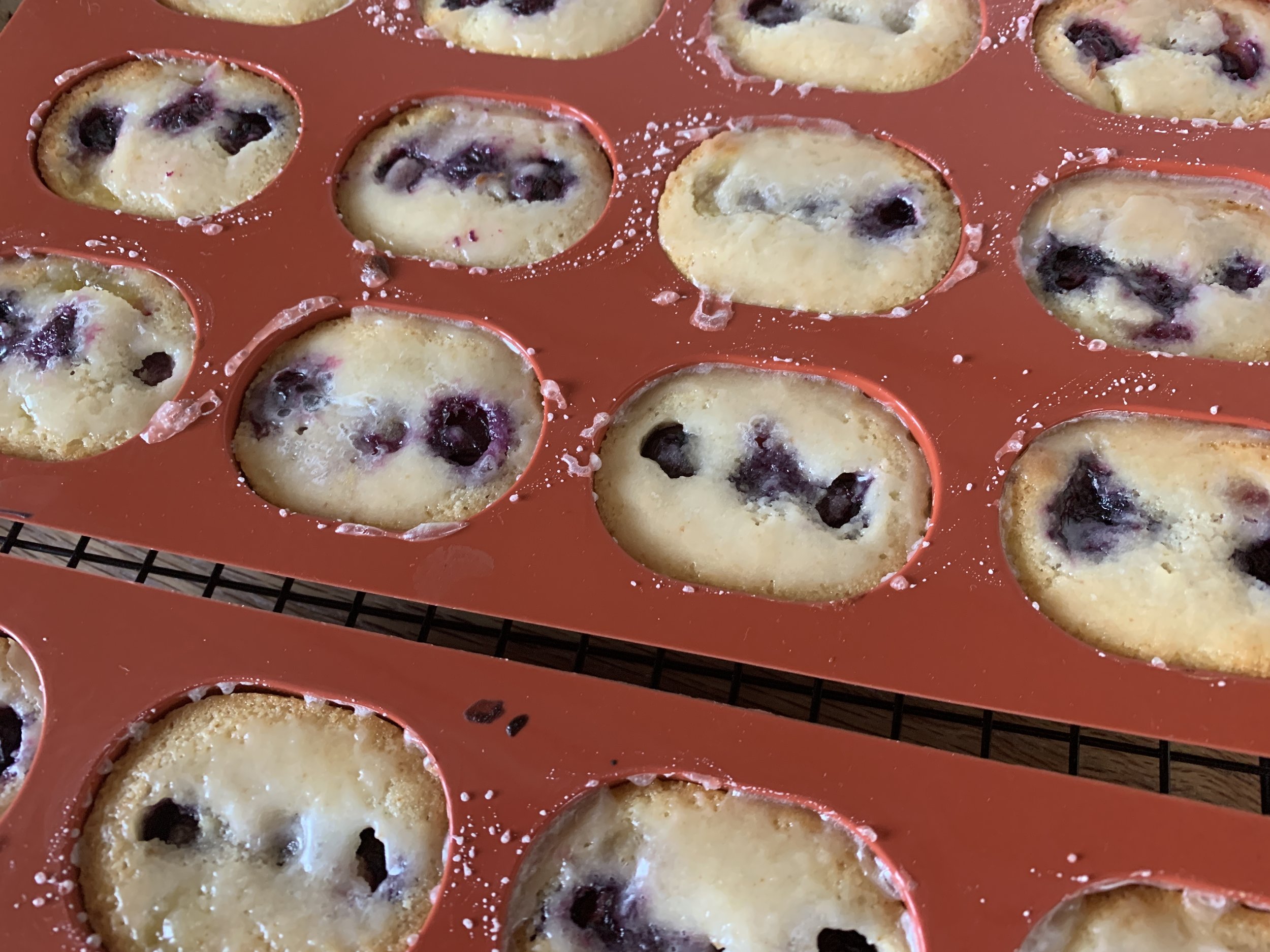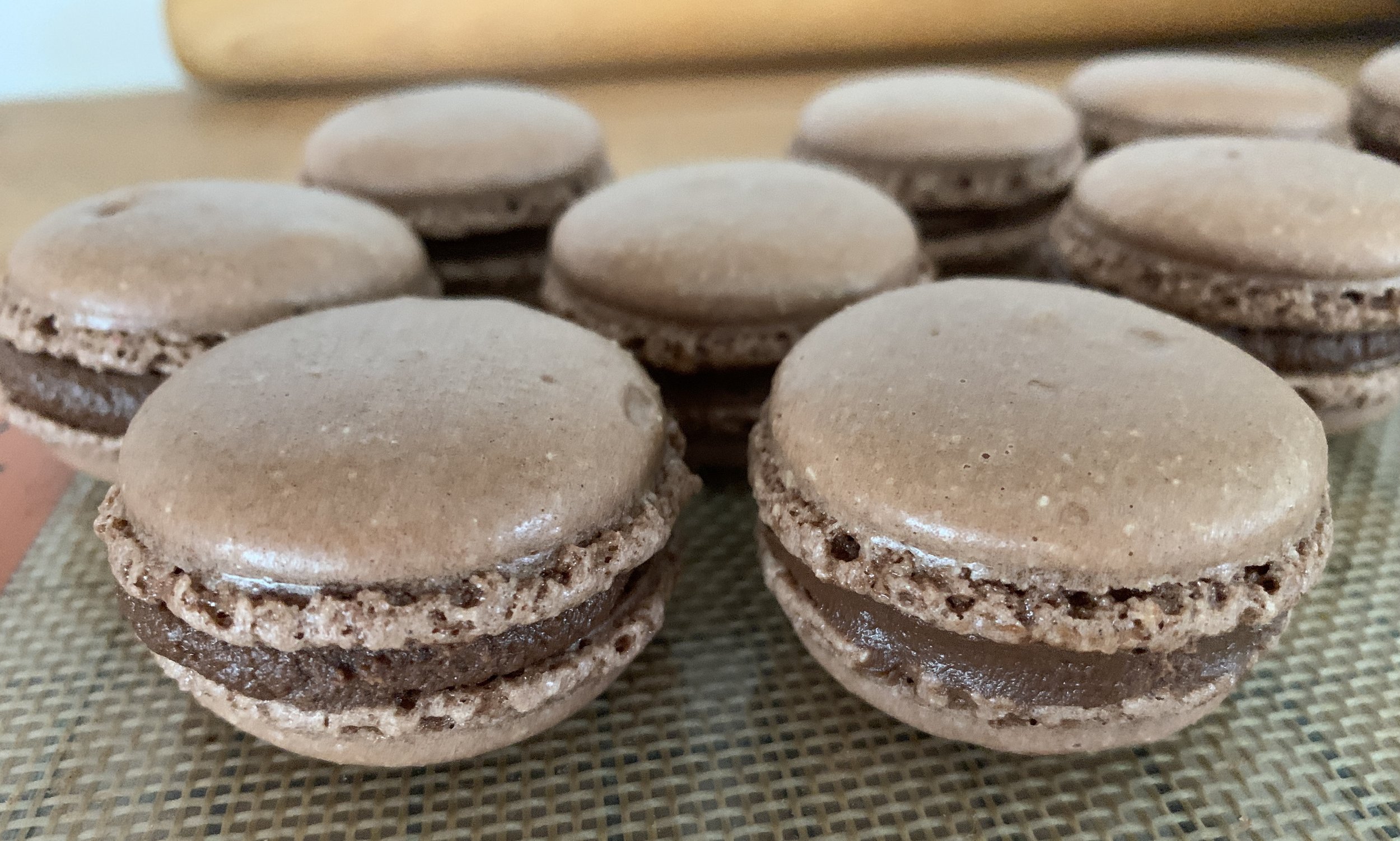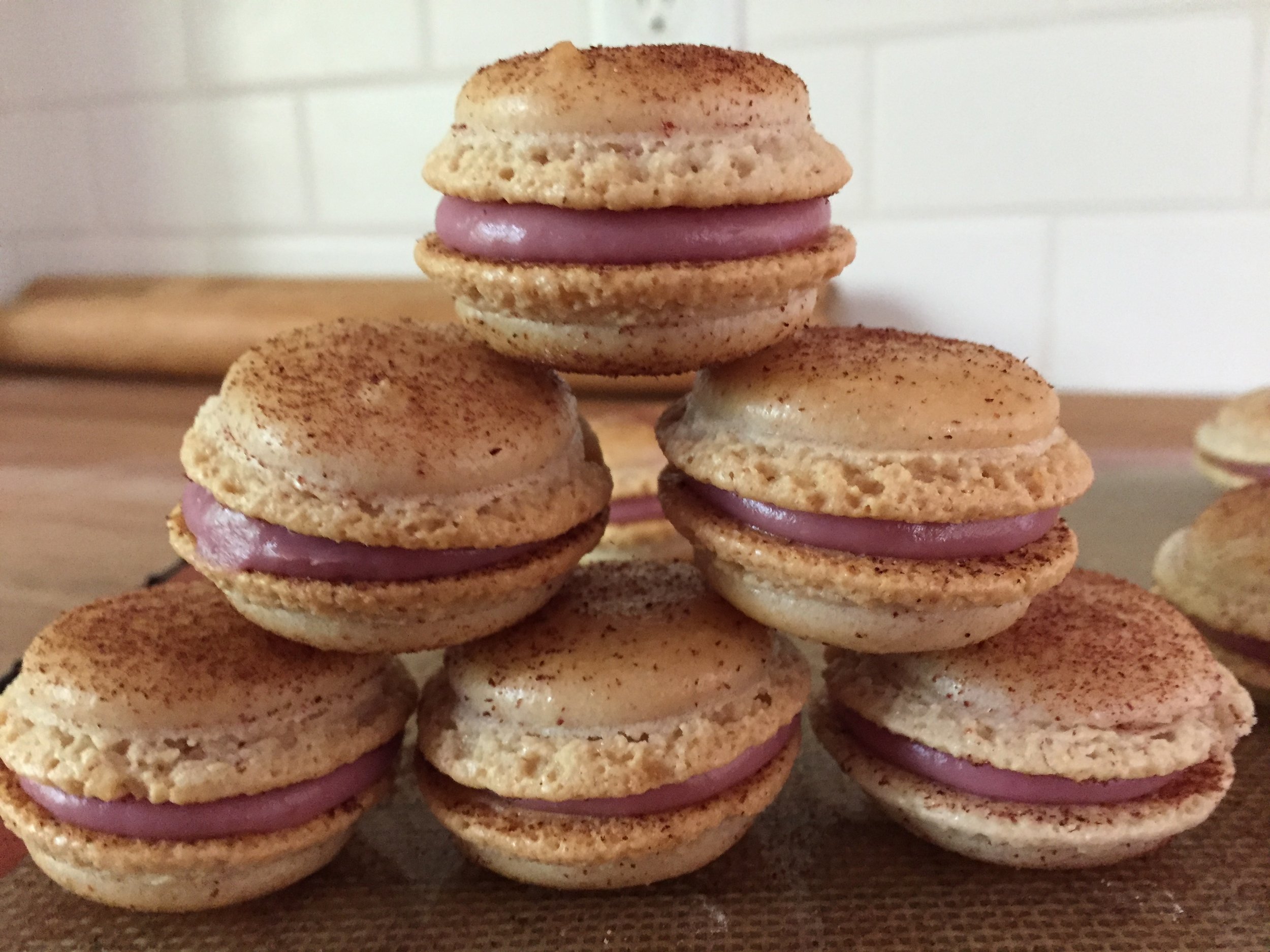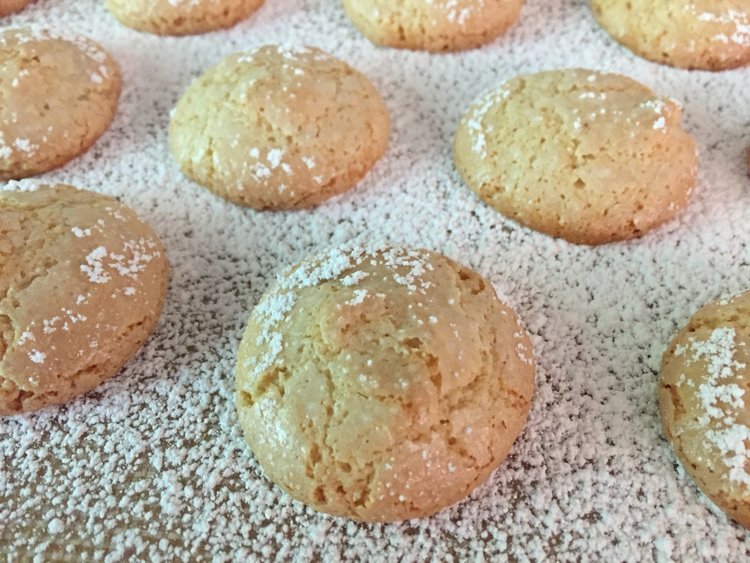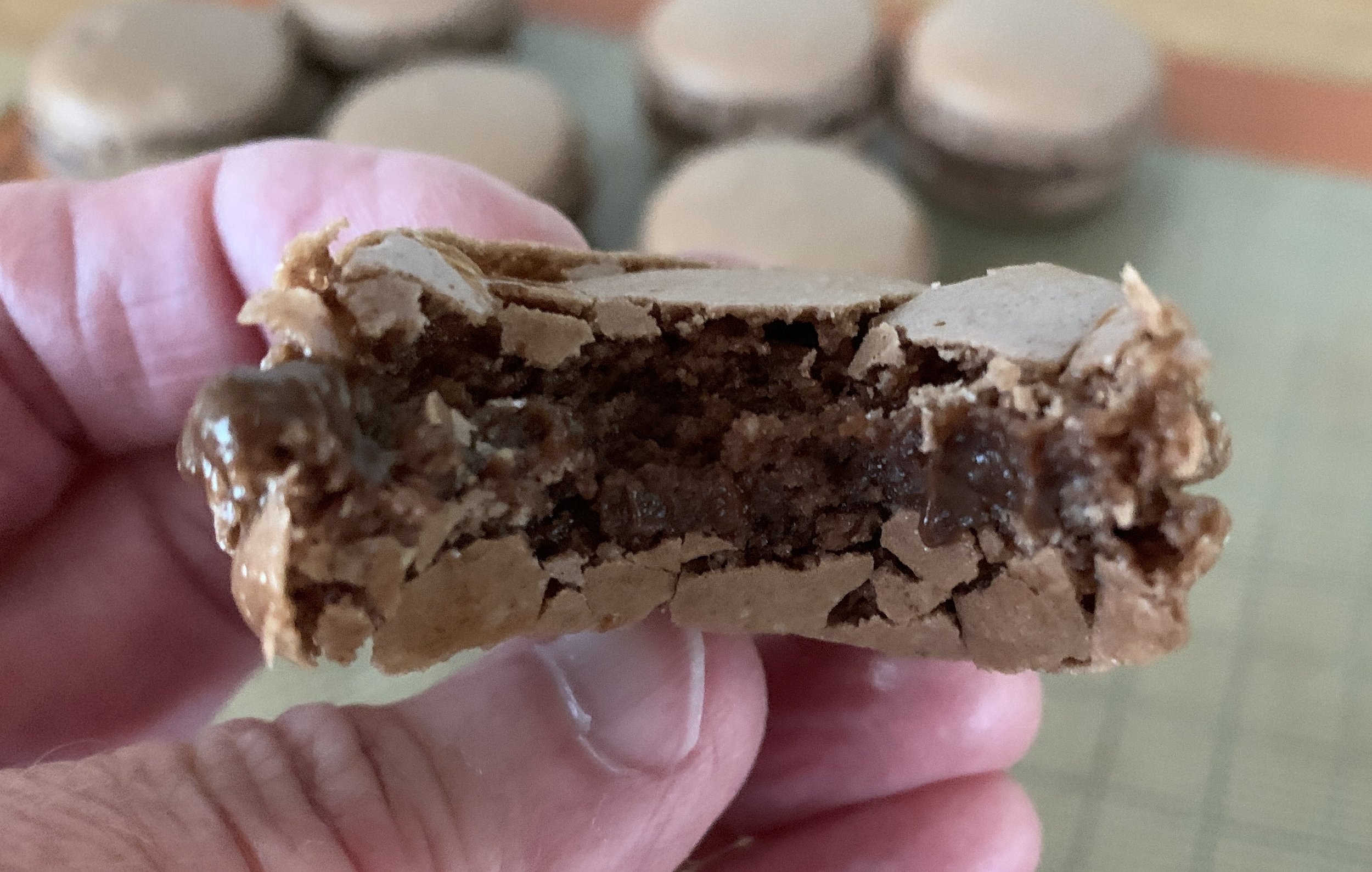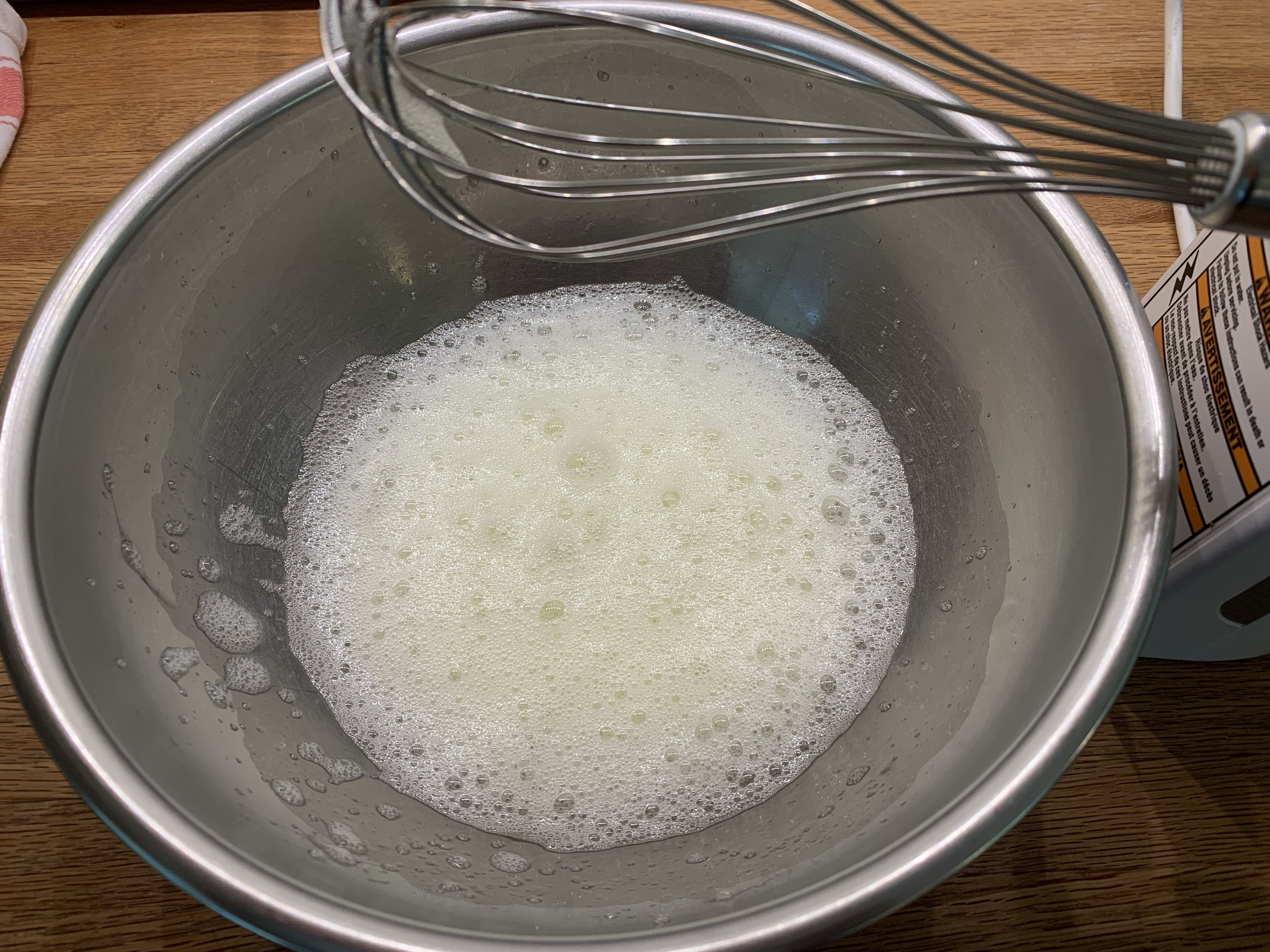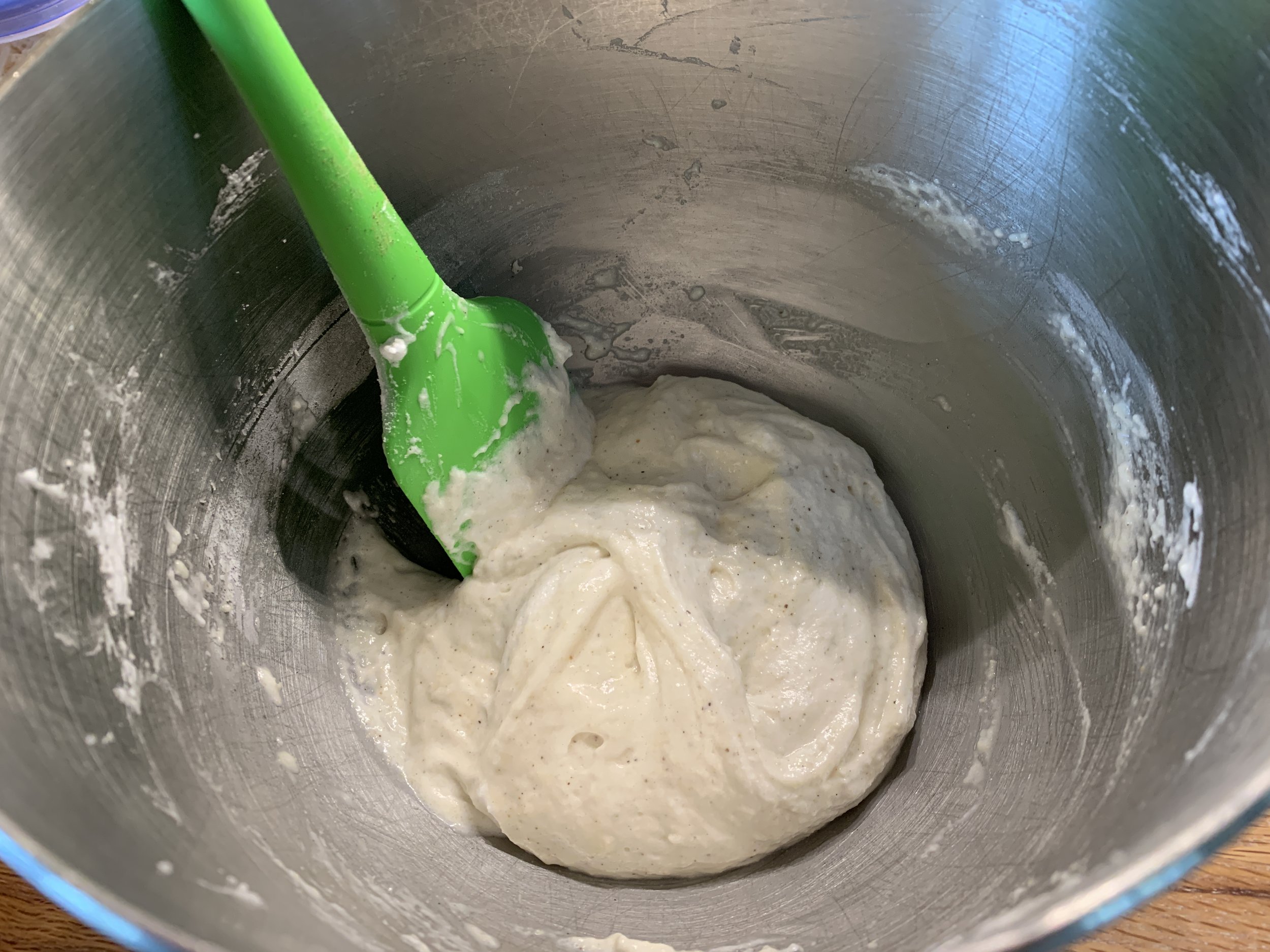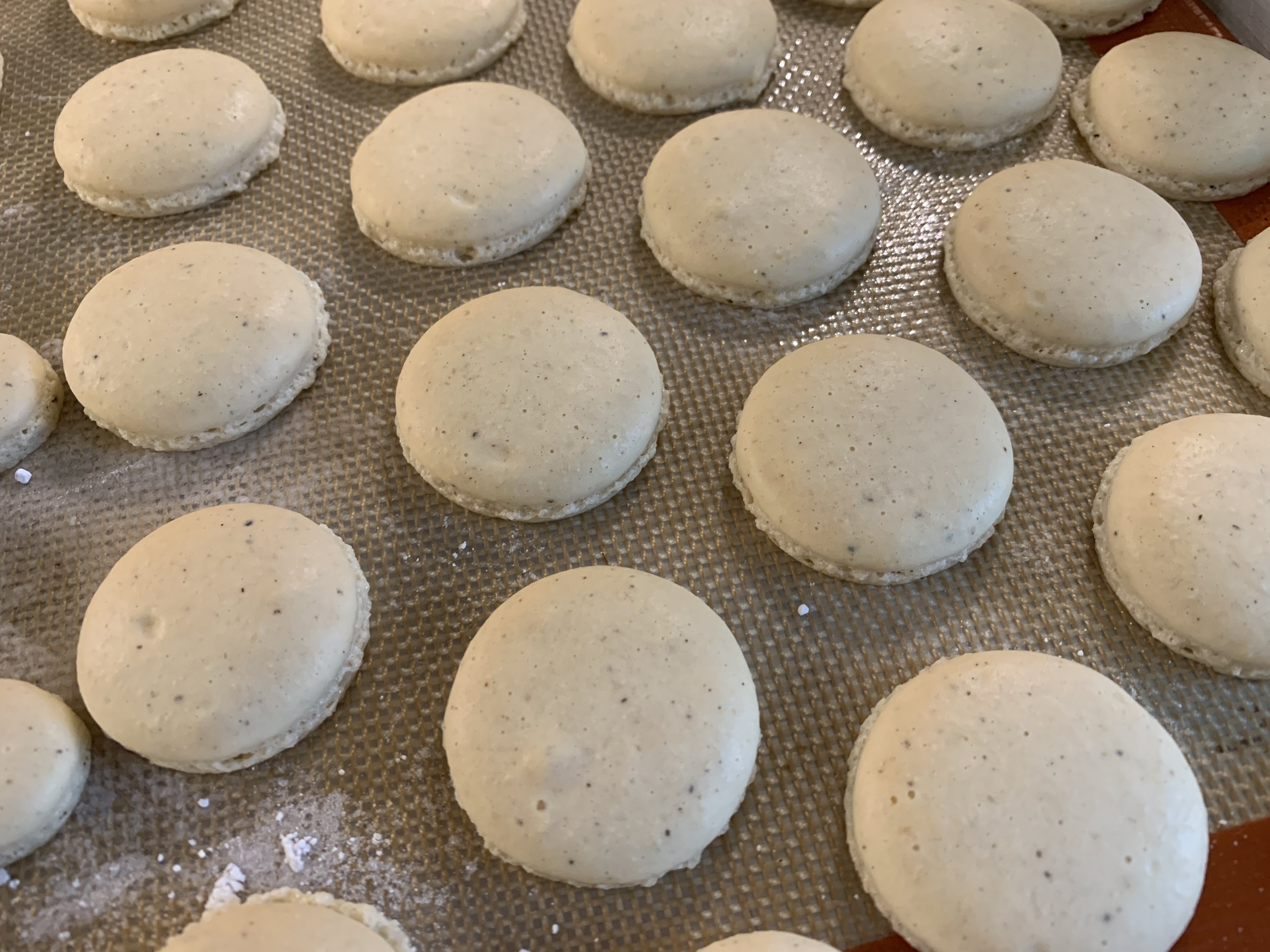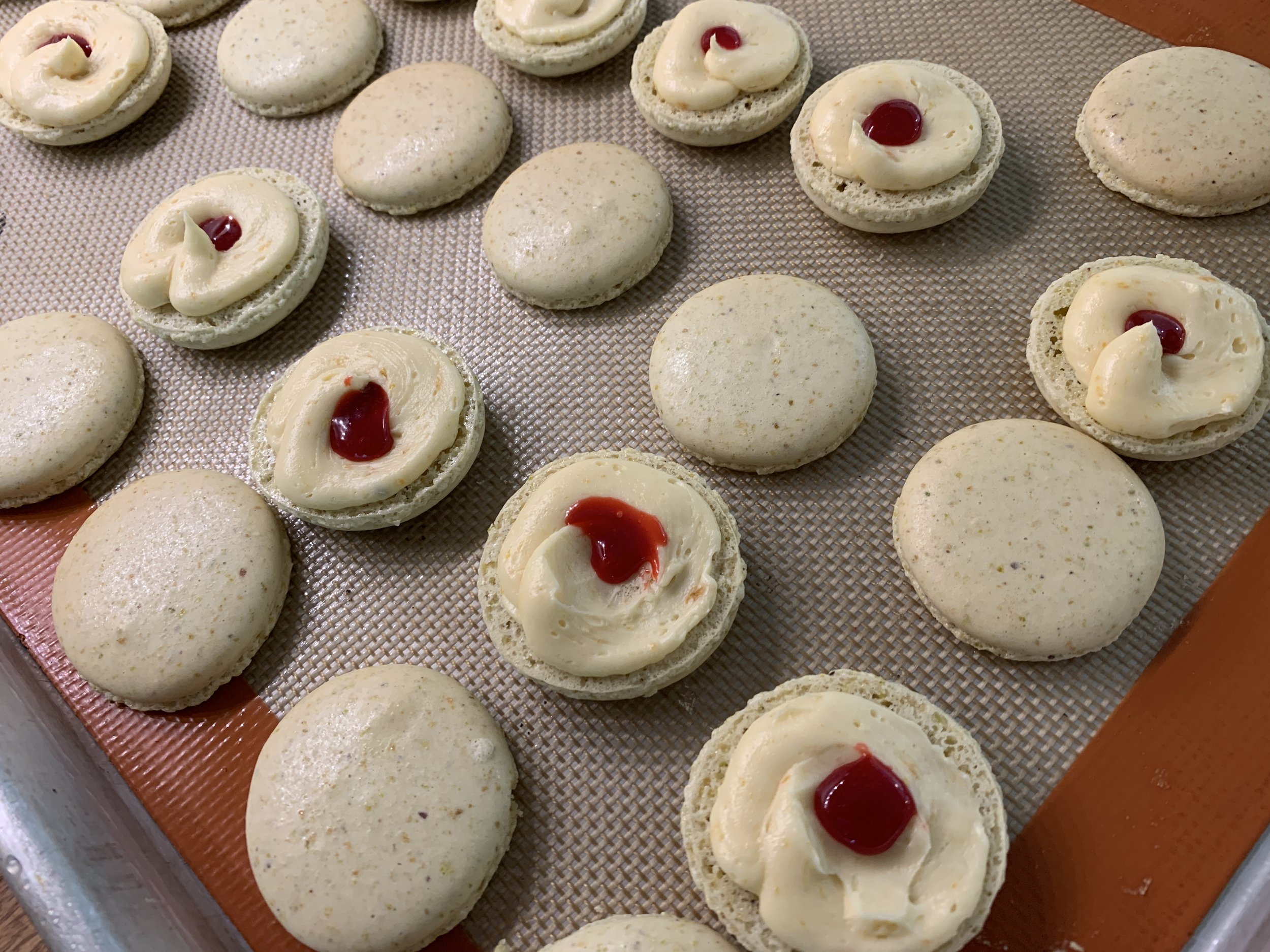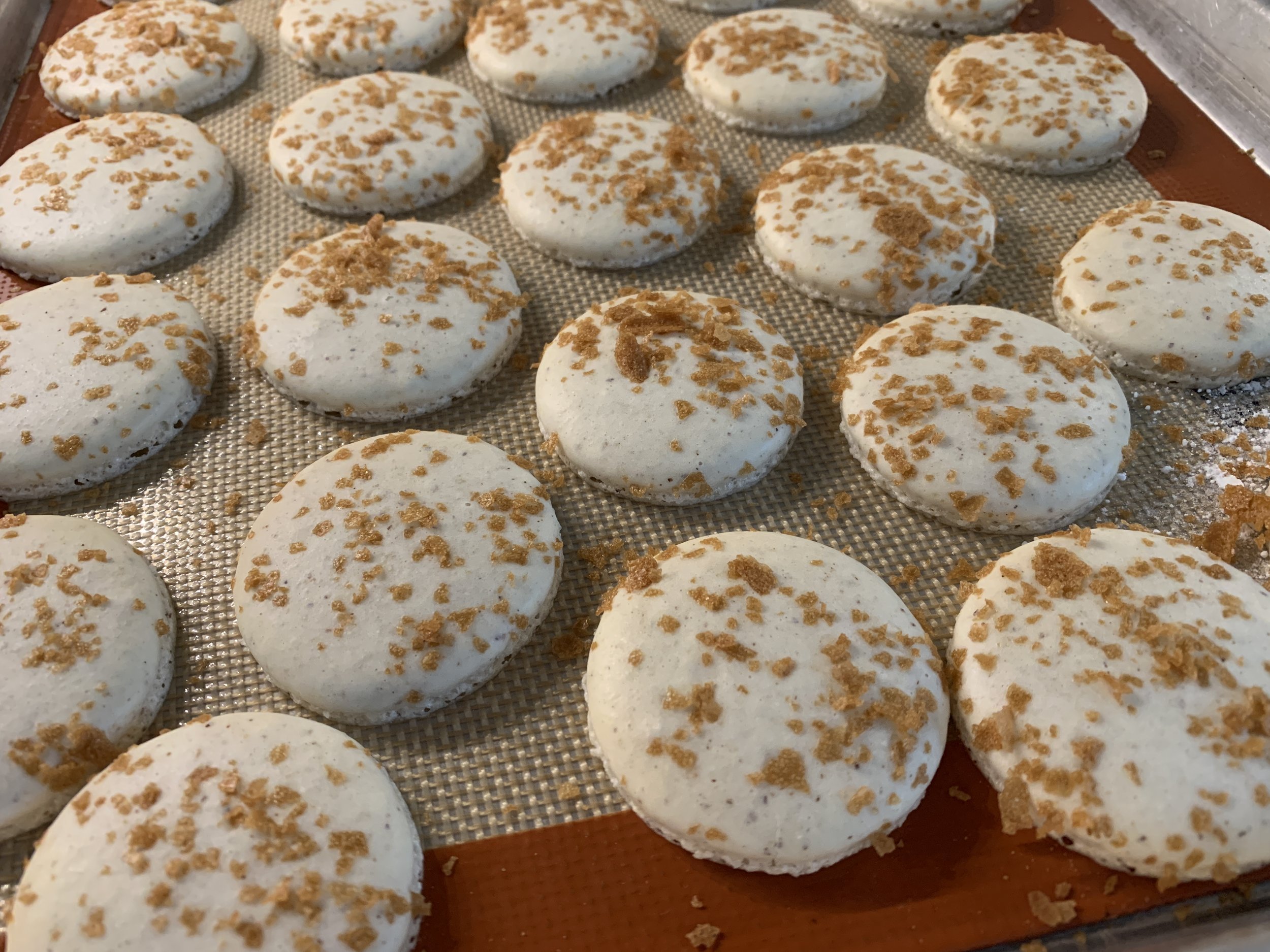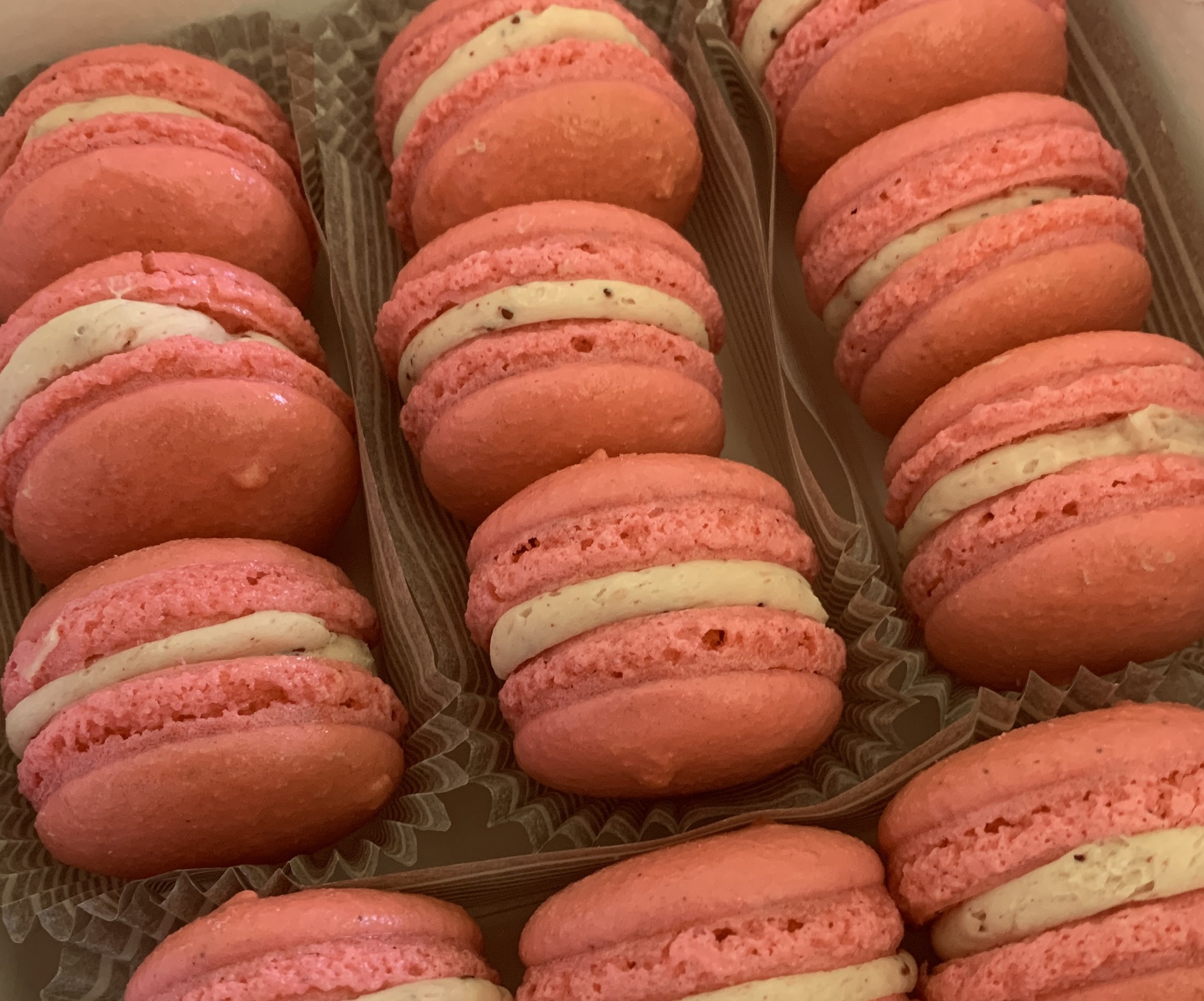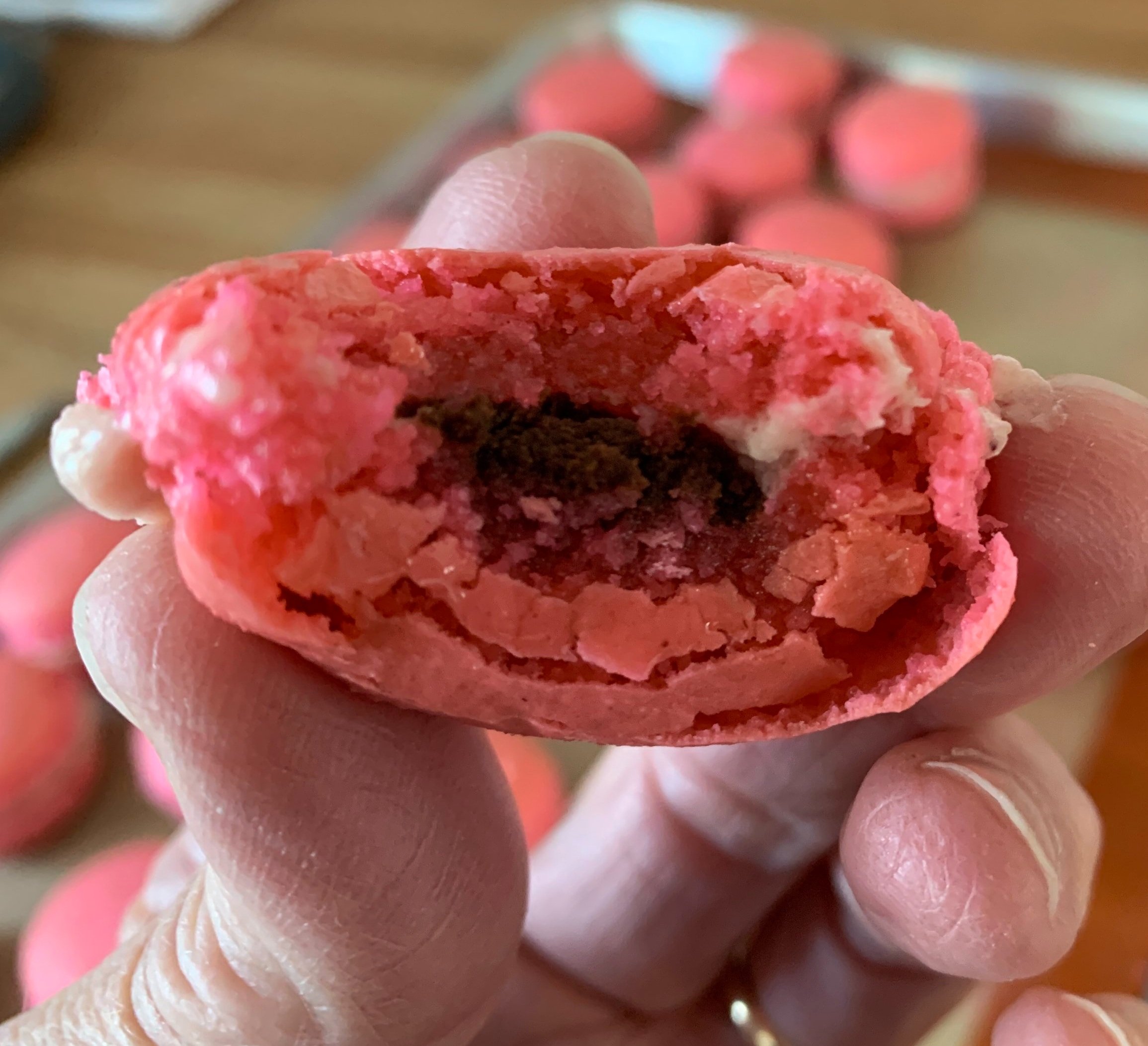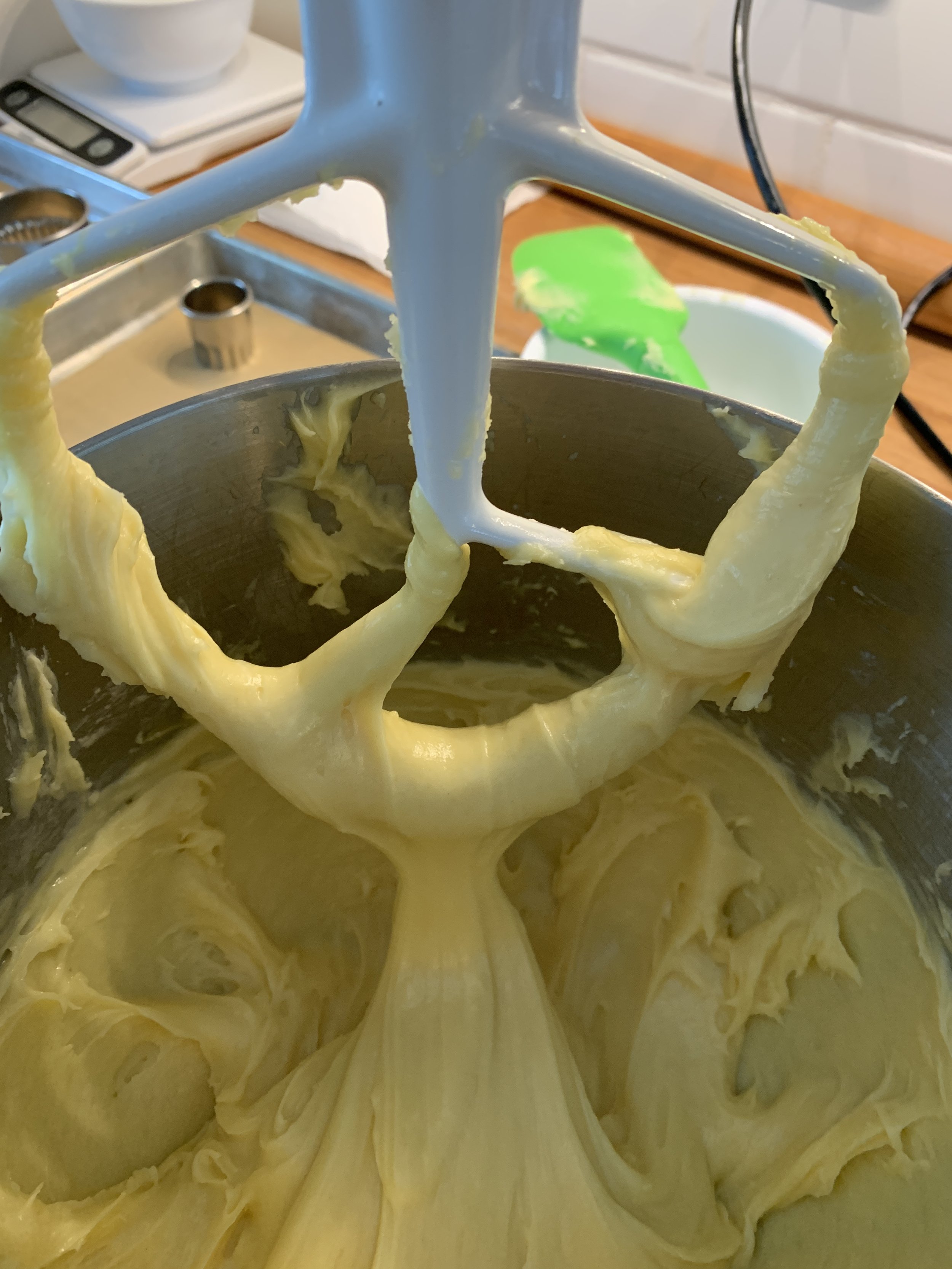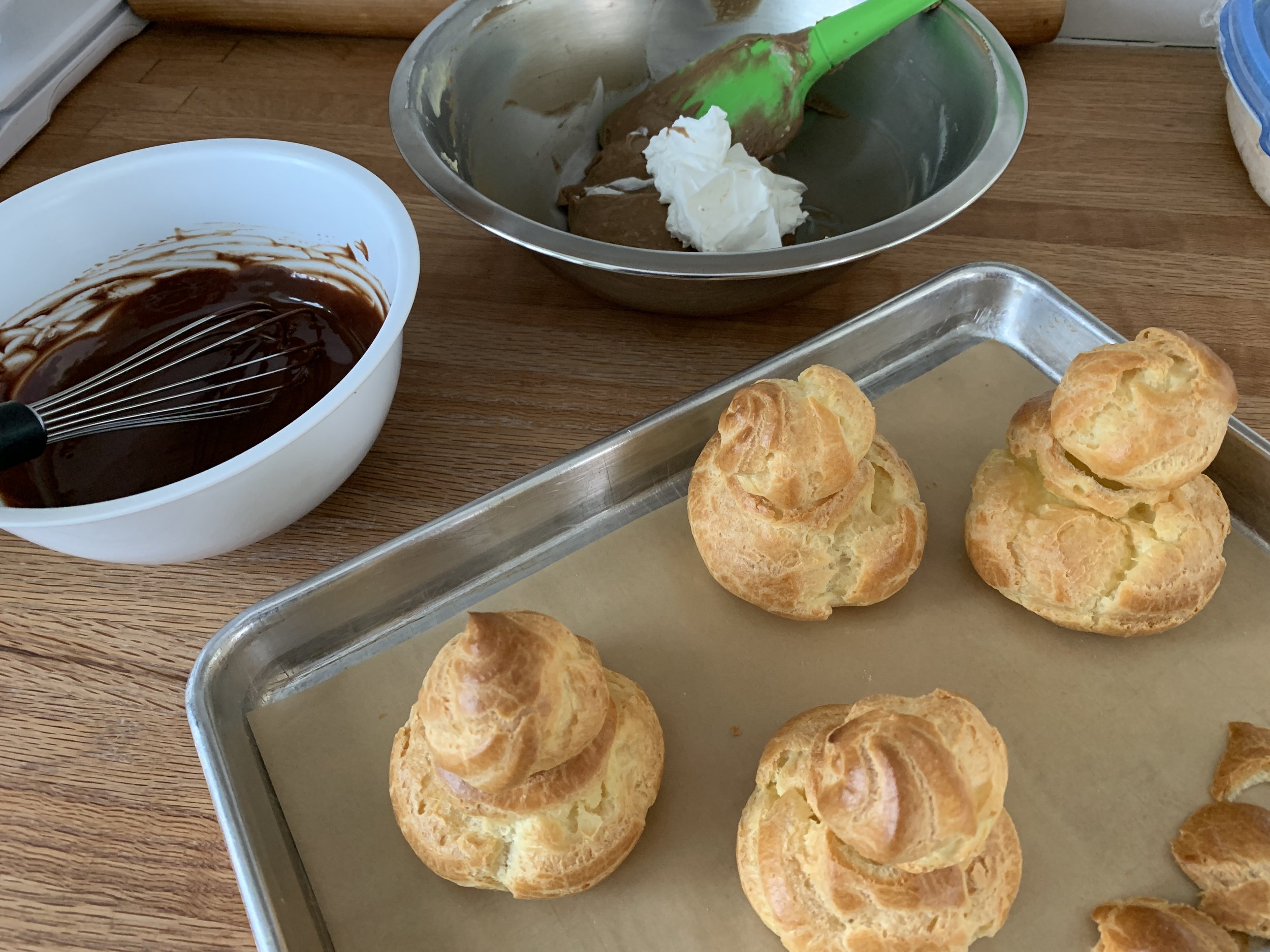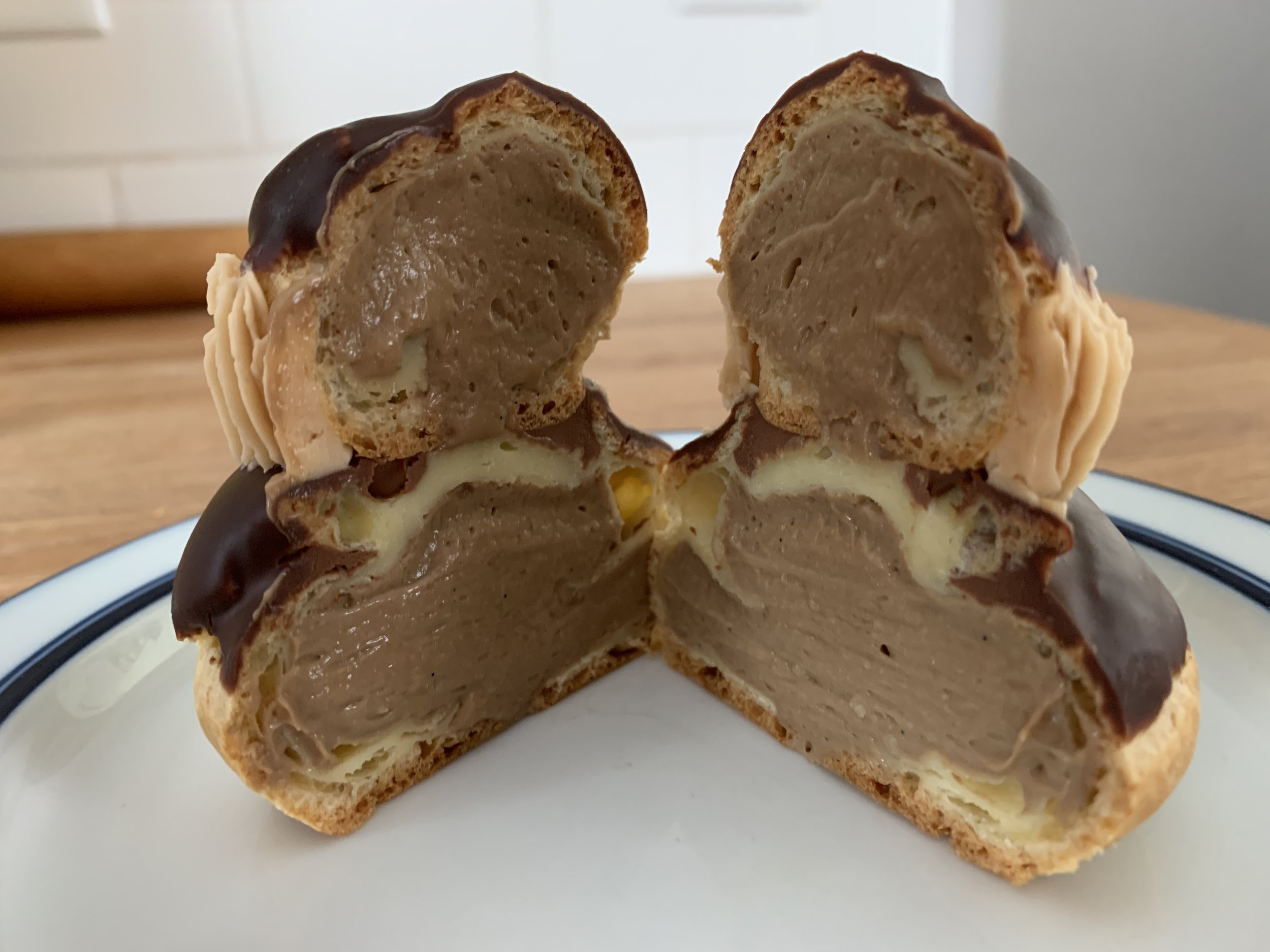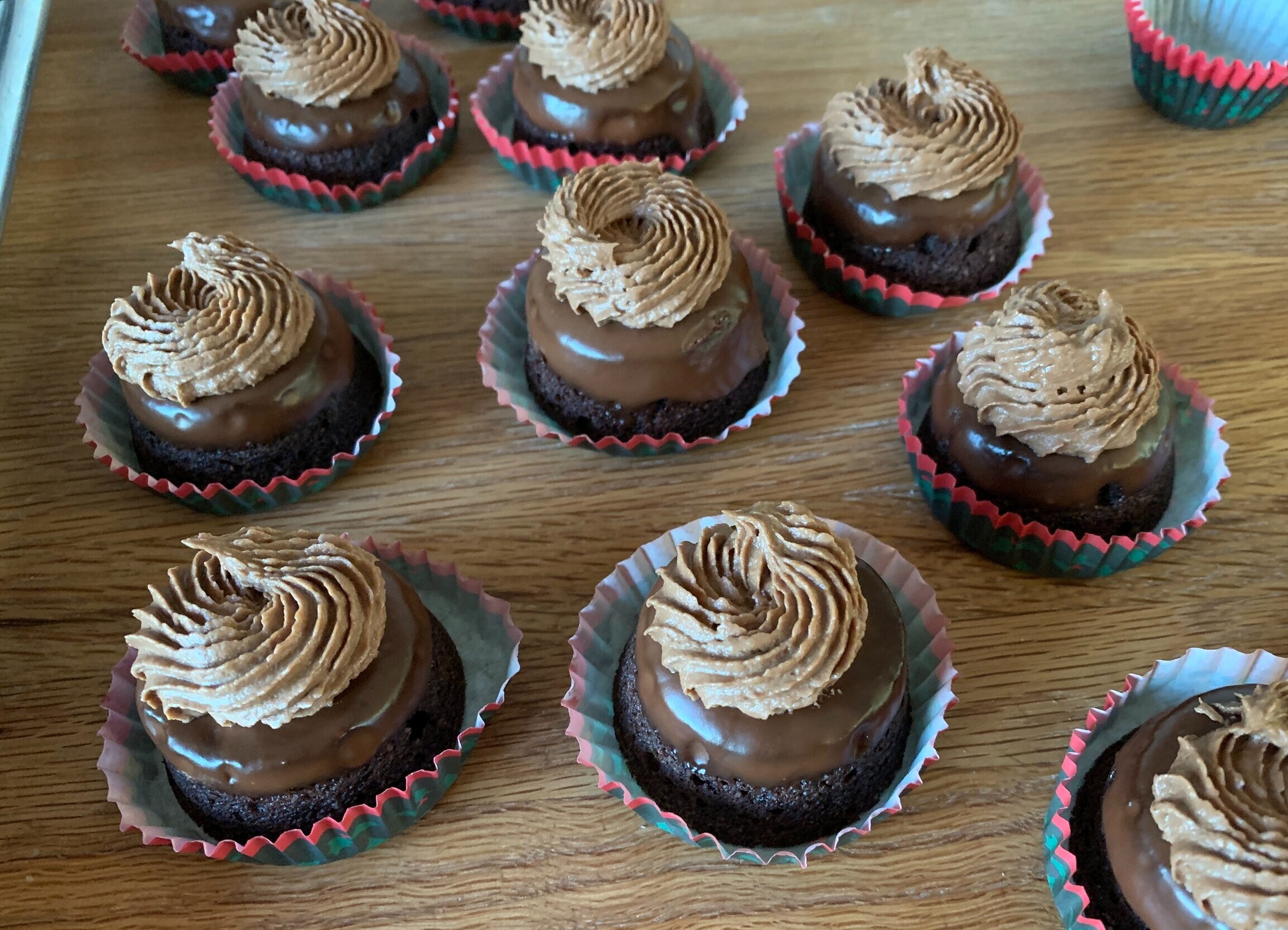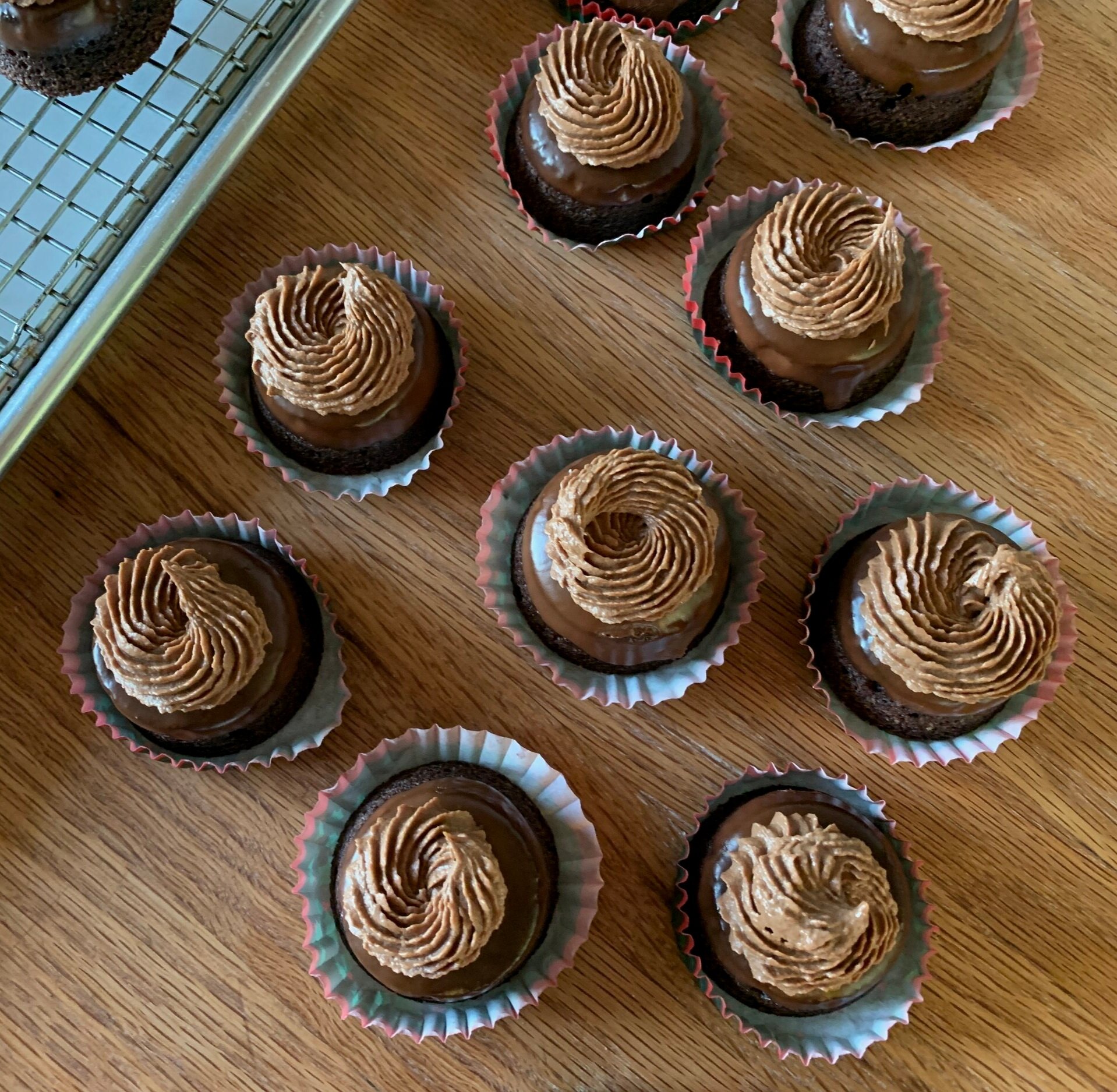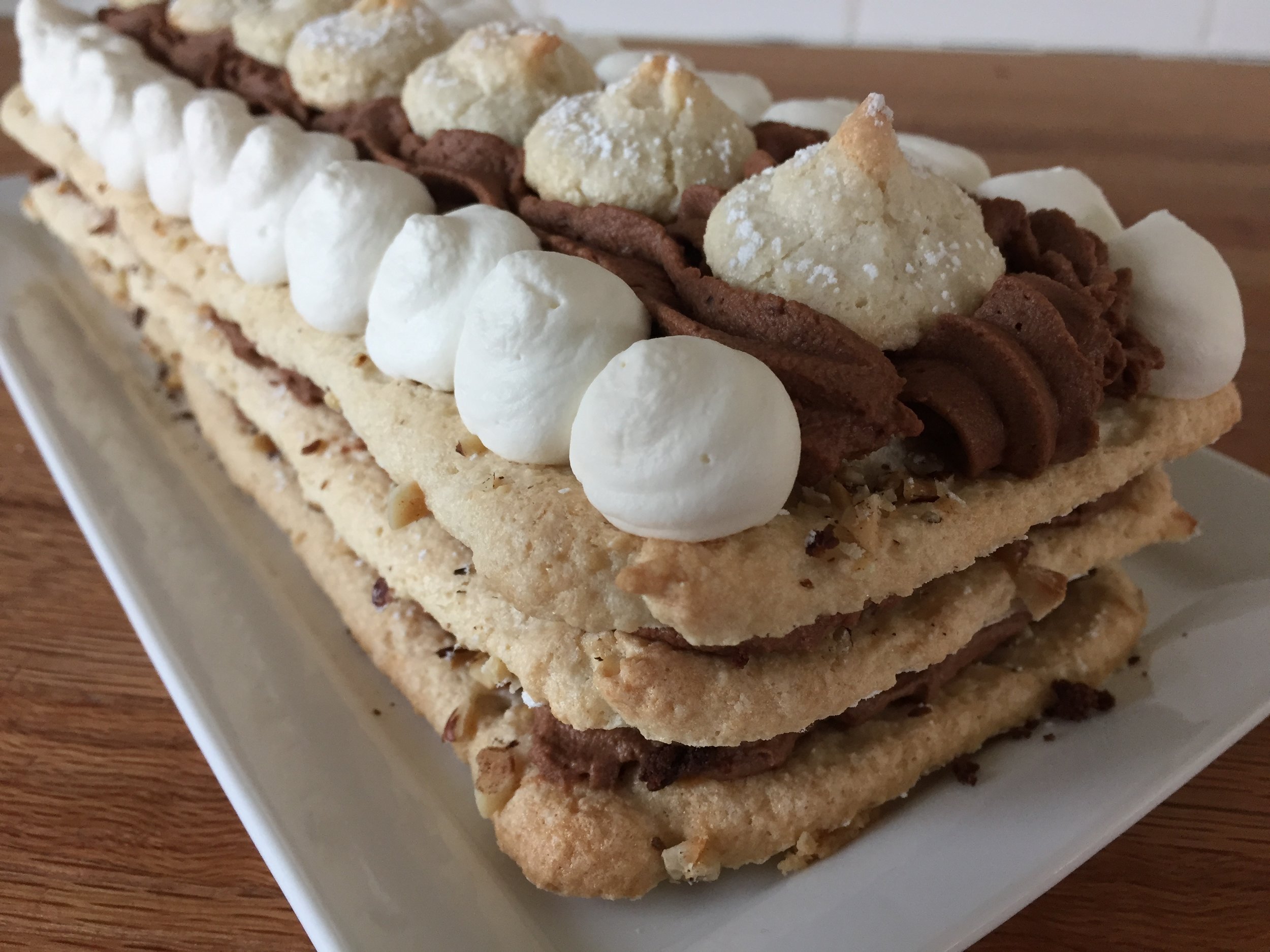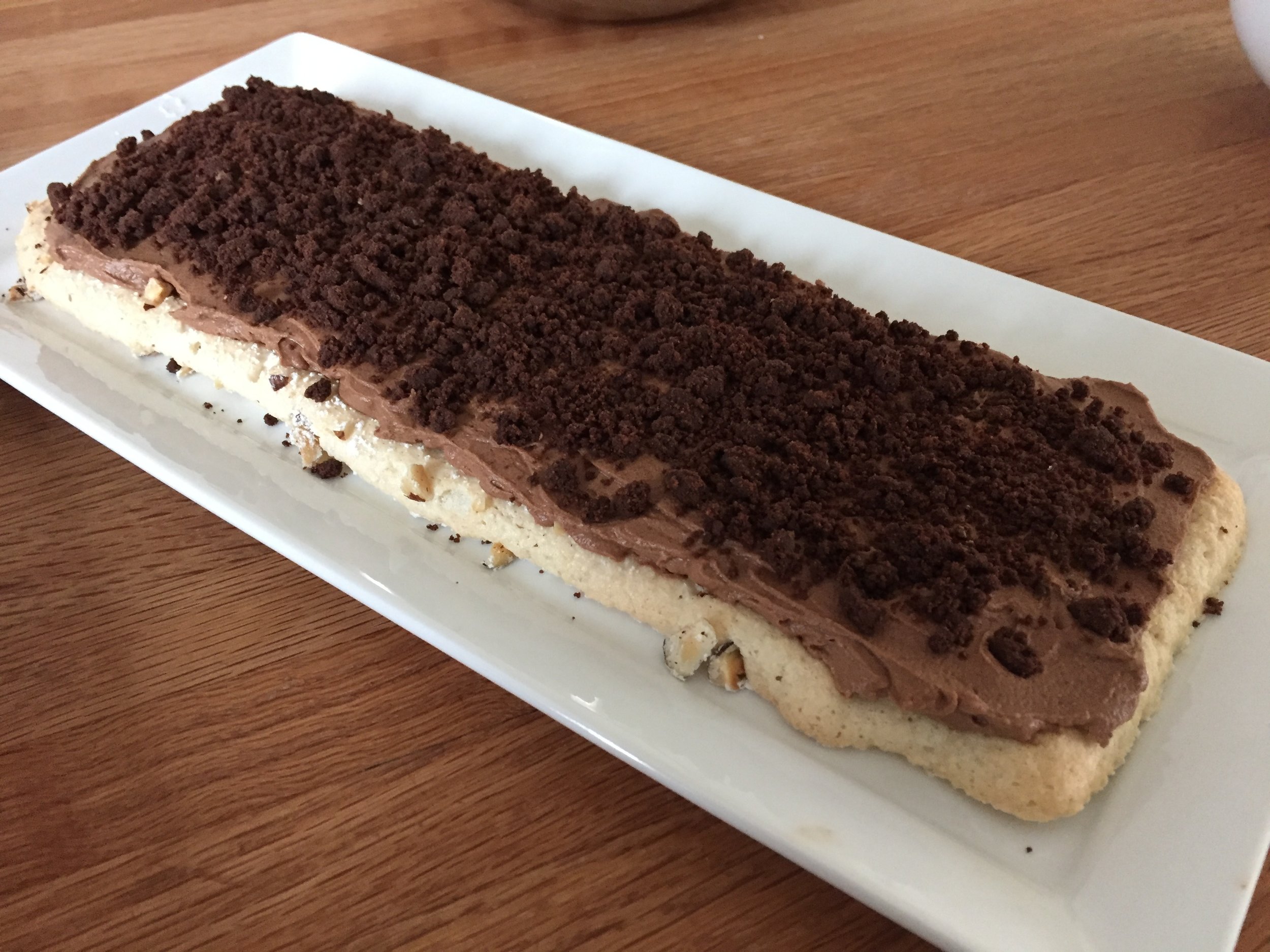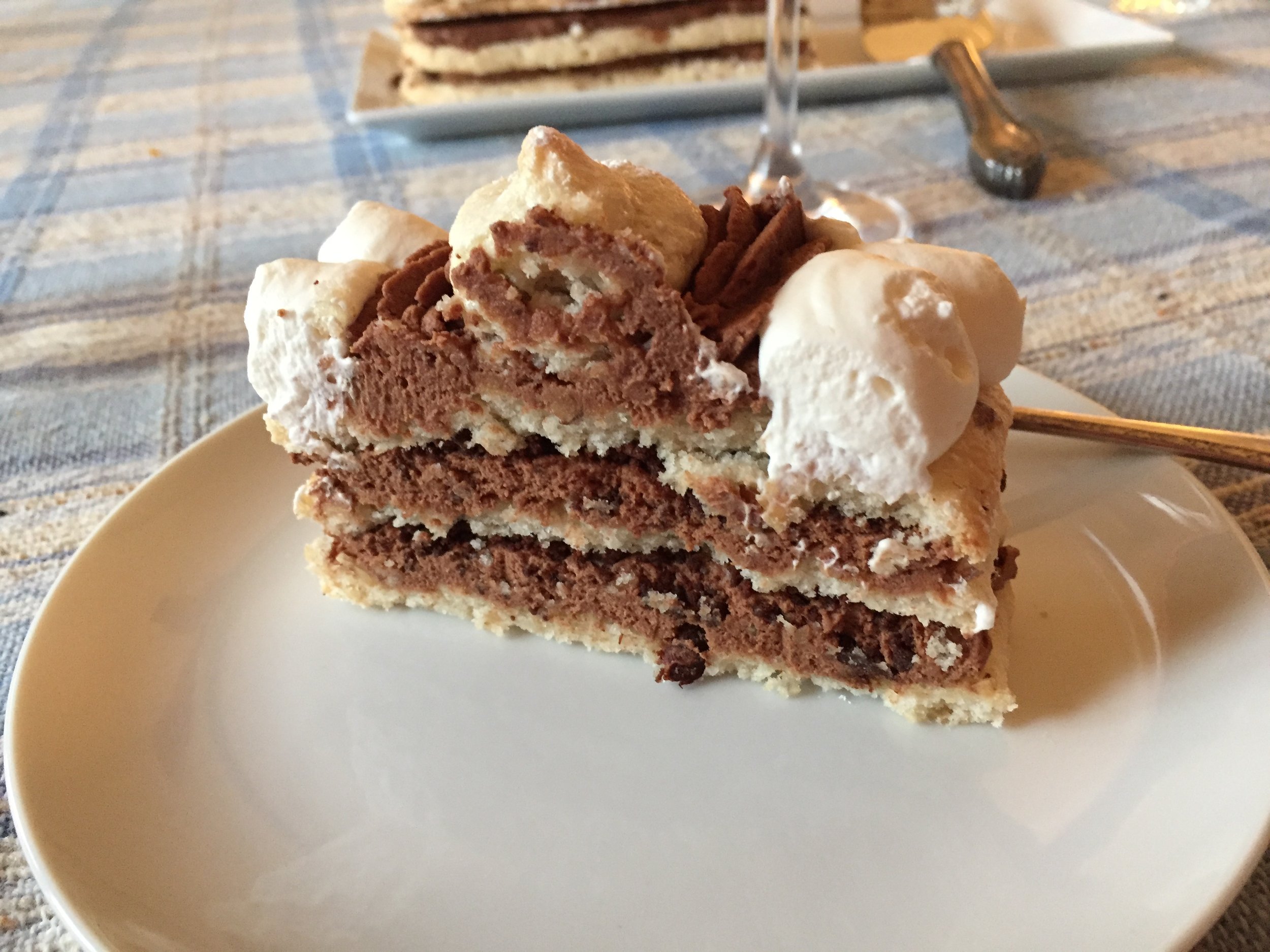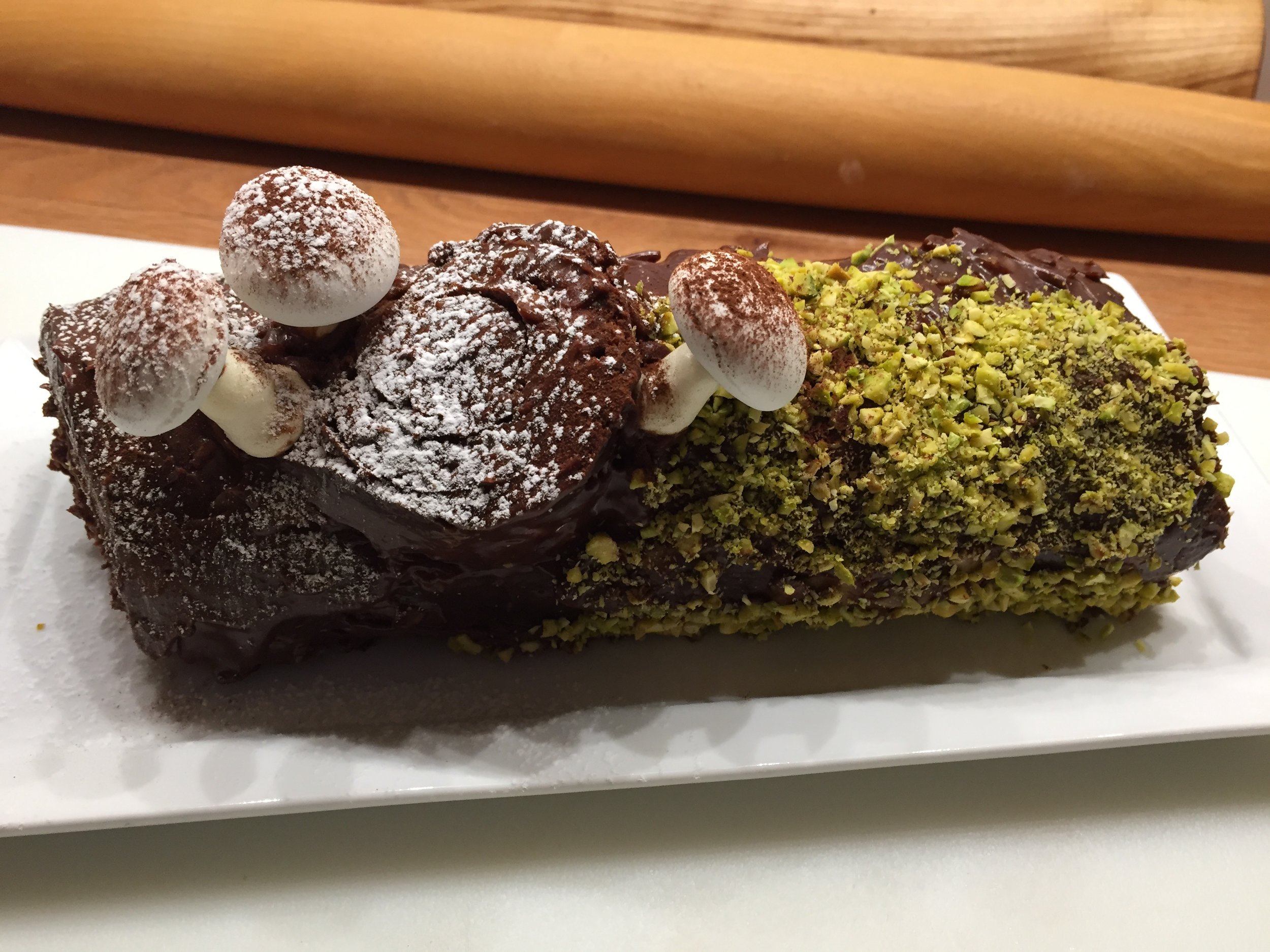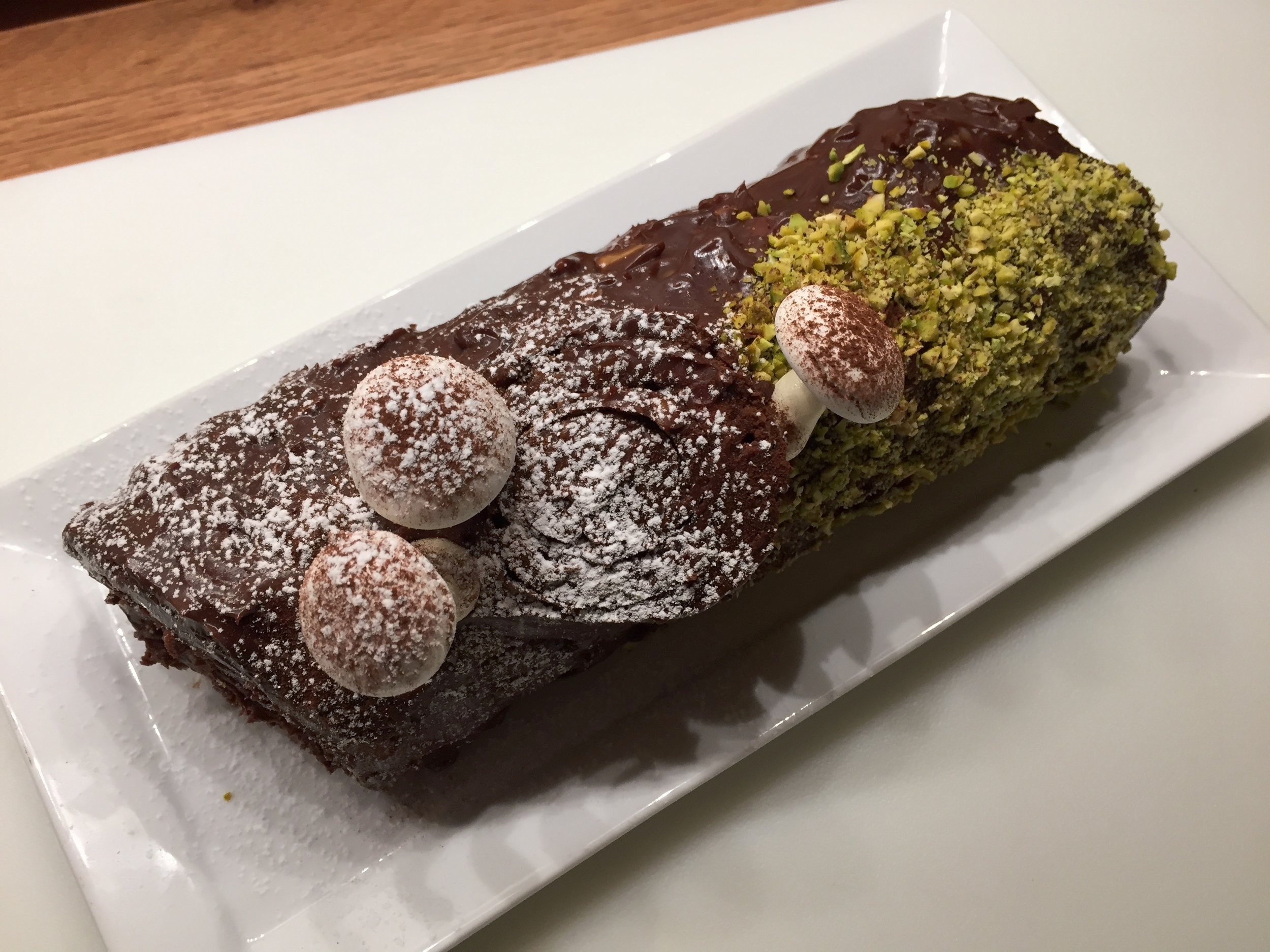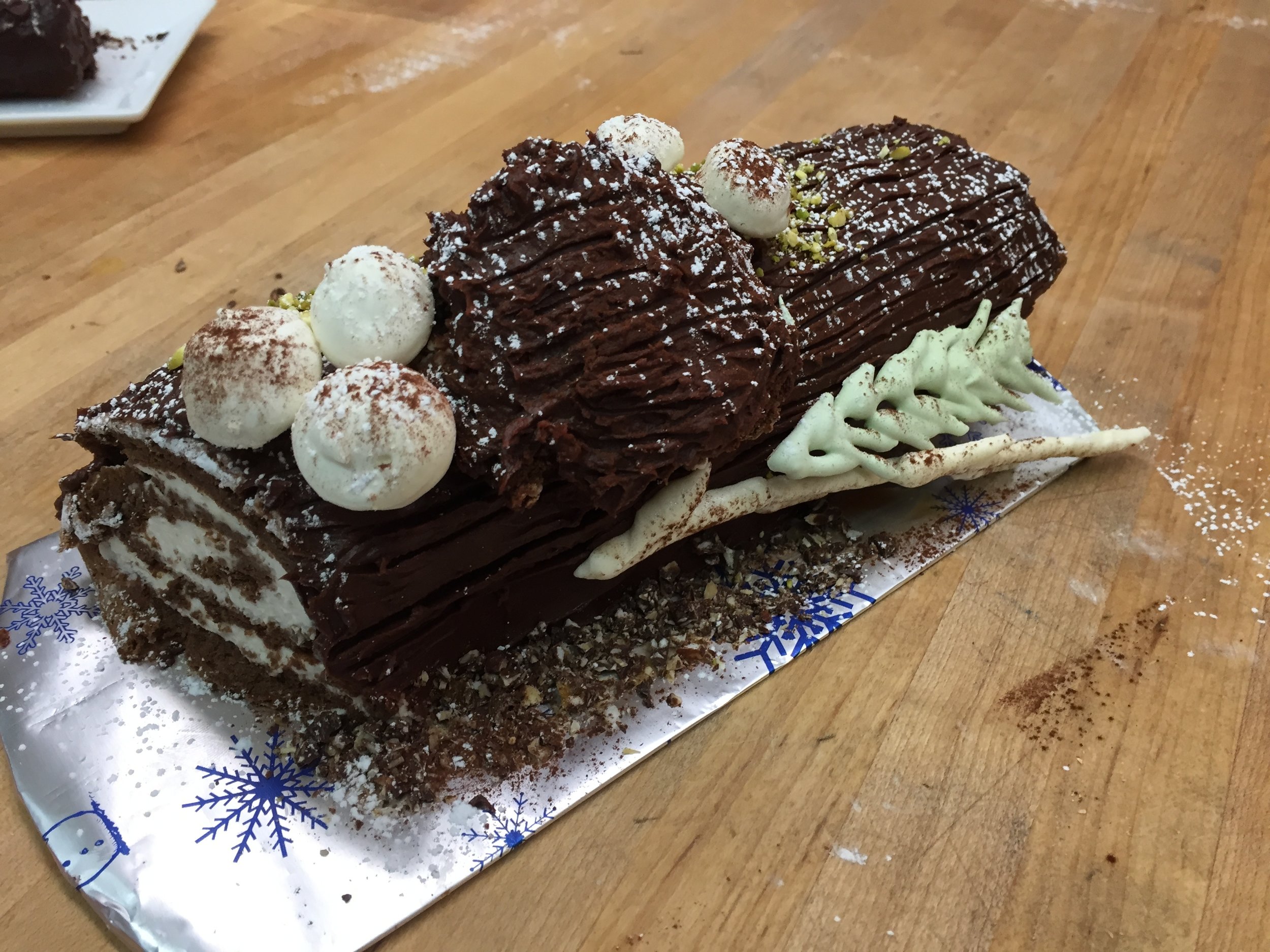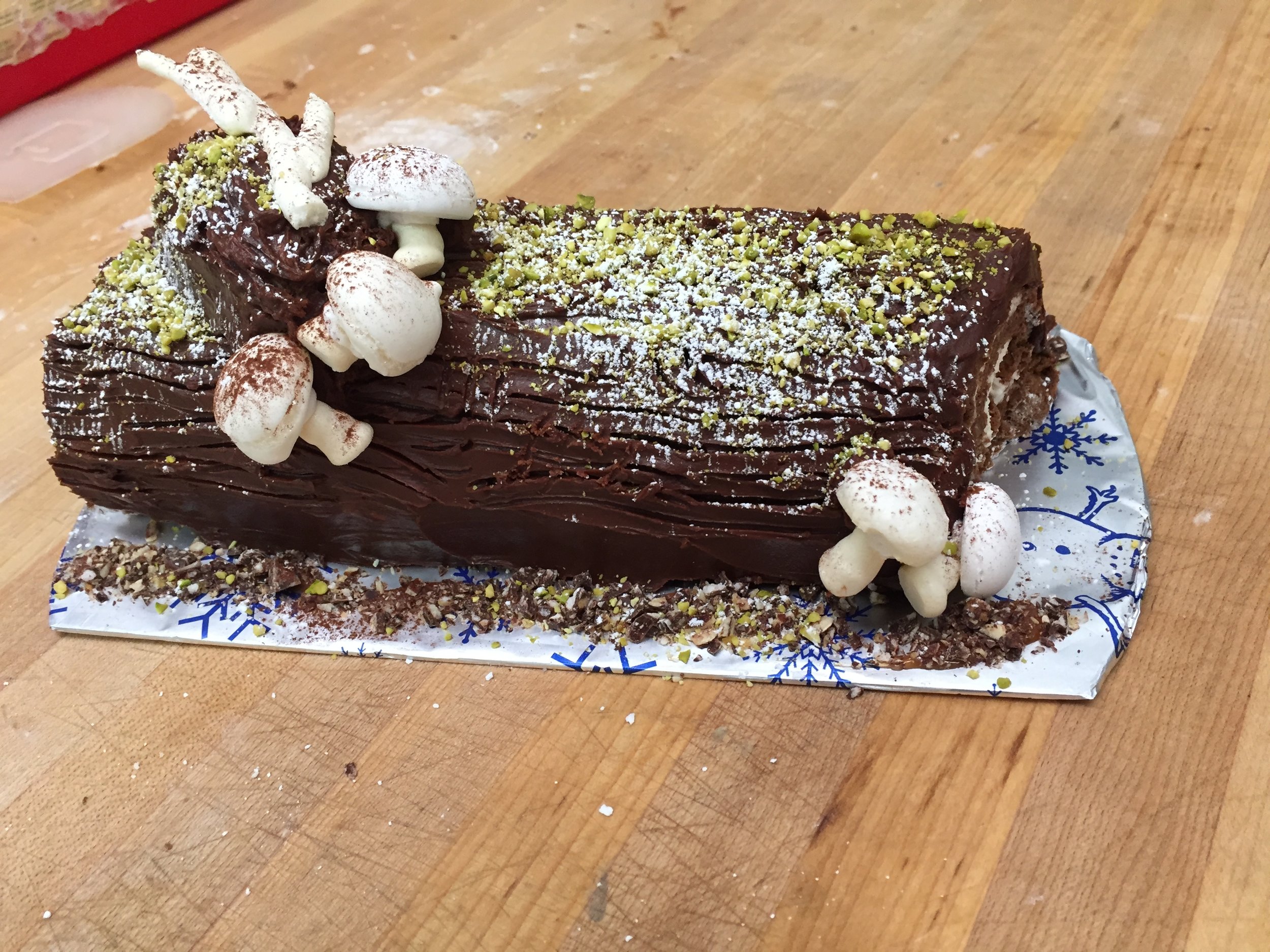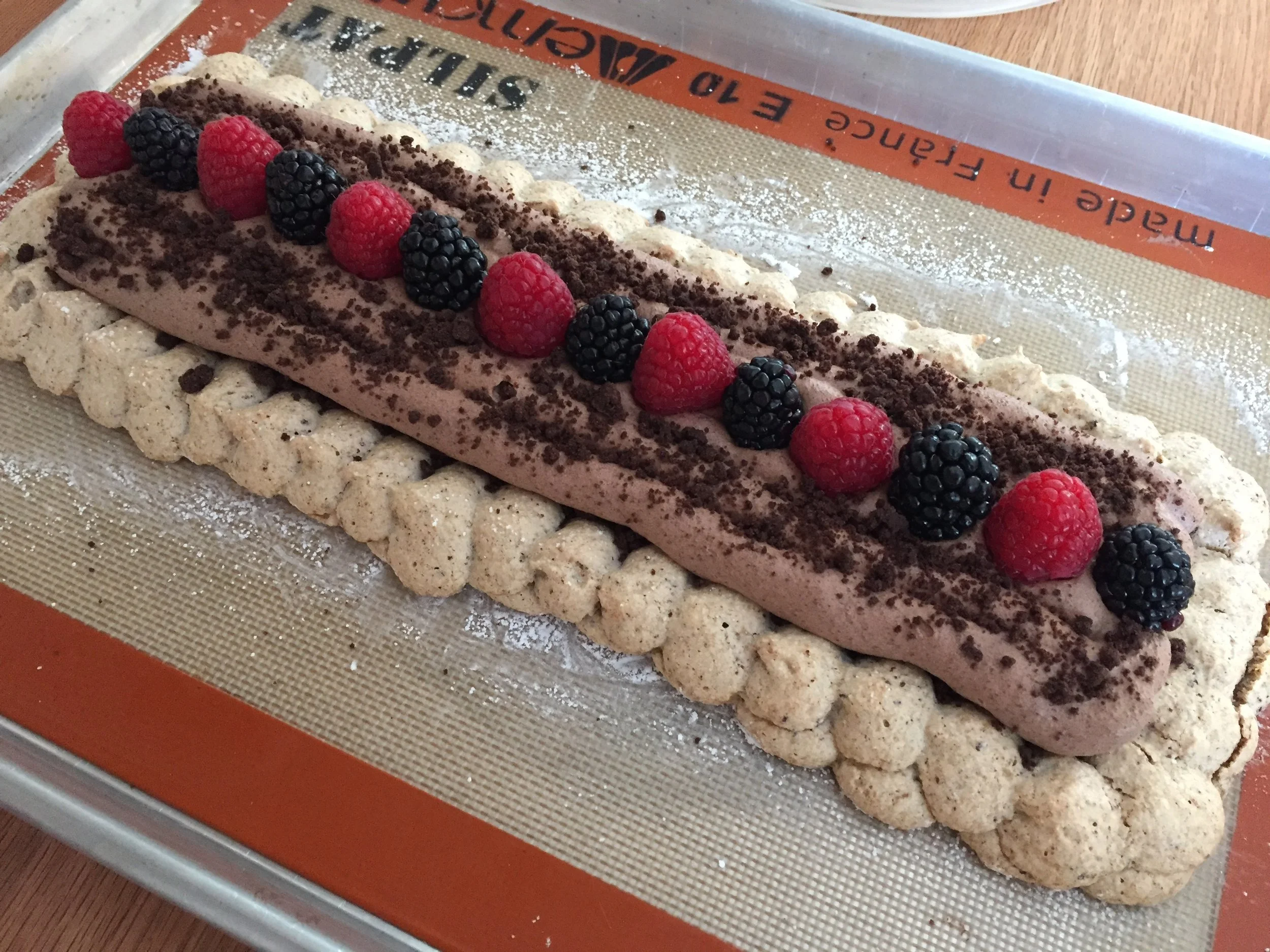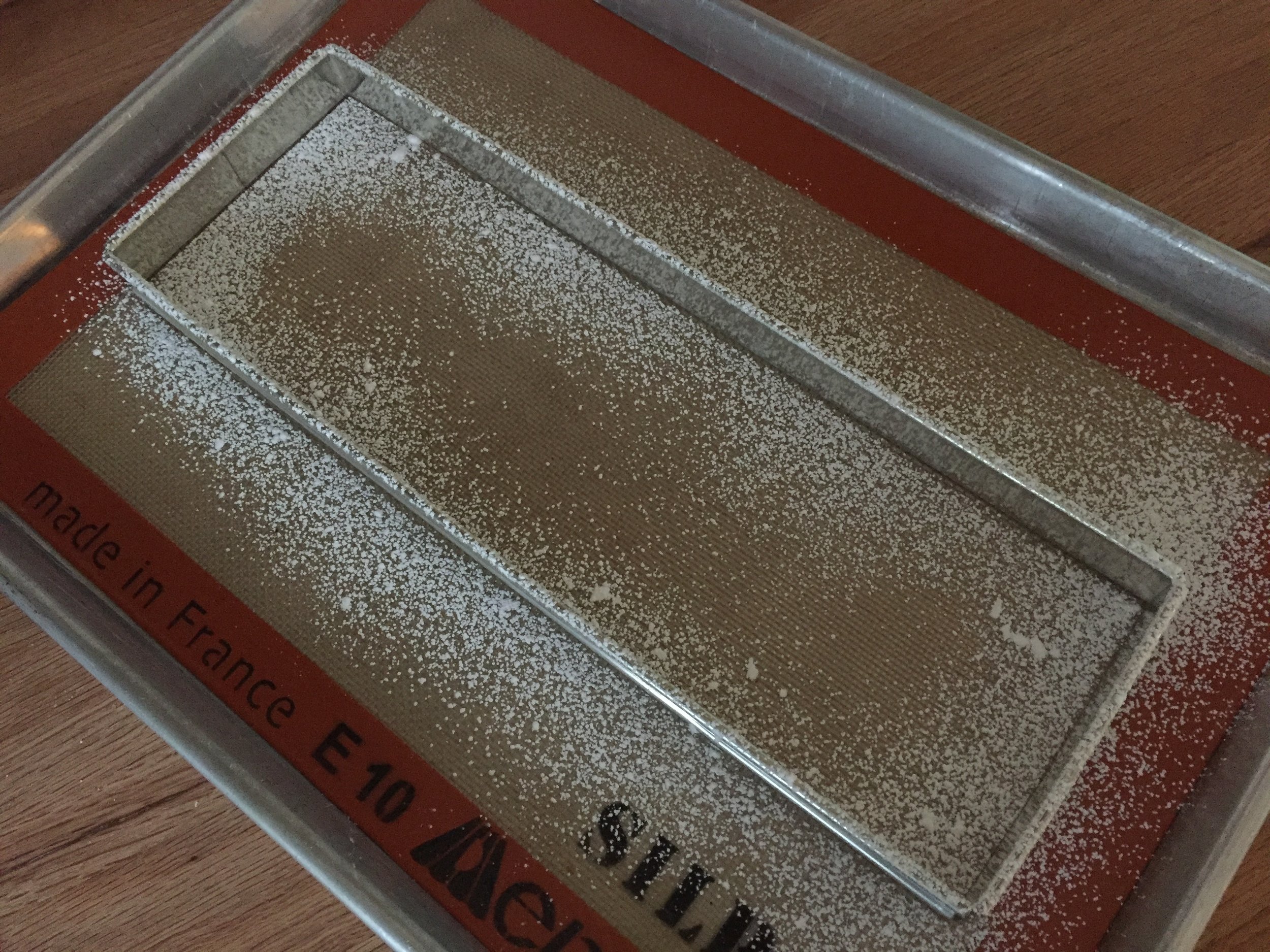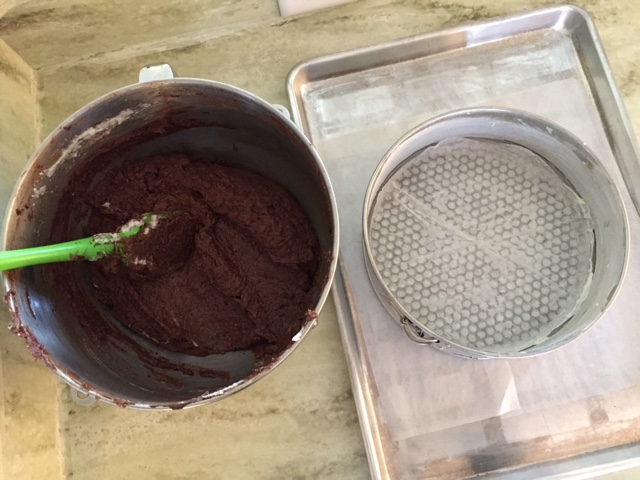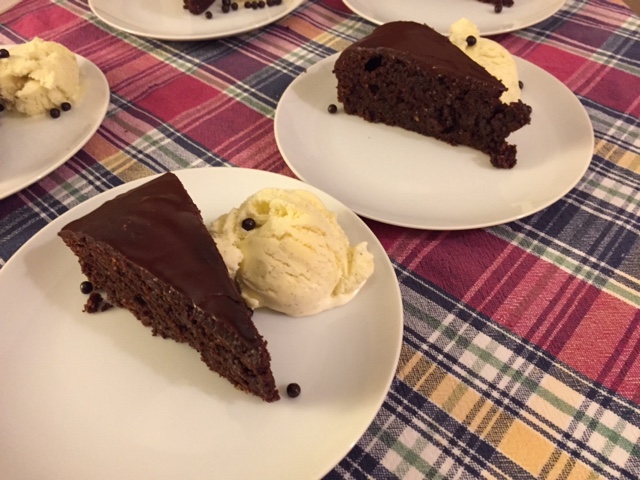French Tarte Faves (FTF) No. 1: financiers
/This is the launch of an idea I came up with recently - a series of posts entitled “French Tarte Faves” that I hope to pop into the mix every now and then! I bake/make a number of things that never end up as the subject of a blog post, and so I’d like to include some of those treats now and again.
Even though I have posted on this one, I’m going to start with one of my tried and true favorites - financiers. I do mention them periodically in some of my seasonal updates and, in fact, make them so often that I can’t even begin to recall all of the versions Steve and I (and others!) have enjoyed. Check out this post from many moons ago. Back in my Pawtucket shop days, pear ginger was a standard. So good.
The beauty of financier batter is its relative ease of preparation, versatility, wonderful texture and all around deliciousness. Here are a few recent variations you might like to try - or create your own.
As is often the case, a project may be spurred on by various components/ingredients I have on hand from other baking adventures or classes I’ve taught. This time some blueberries and blackberries, lemon curd, dark chocolate ganache, ground hazelnuts, dried apricots and the remainder of a bag of almond flour (before I open a new one!). Once baked, they hold well in the freezer to be plucked out for those times when the urge for a little treat strikes.
I baked several versions on a couple of different days. As usual, I use my silicone molds for these babies - no buttering/flouring. I have a number of shapes and sizes, the first day’s session involving ovals and mini-muffins.
First, here’s a link to my base recipe. Made with egg whites, browned butter, confectioner’s (or granulated or brown) sugar, all purpose flour and almond flour, it’s a straight forward task to prep the batter and refrigerate it until ready to bake off. You should give it at least a 4 hour or so chill, but I usually make the batter a day or two ahead. It will keep for several days so you can choose to bake it as desired, scooping out a portion of batter and adding chosen flavors like citrus zest or spices, dried fruits or chopped chocolate to create your own unique versions. It’s also common in the mignardise world to simply top the batter with a berry or two before baking. Crumble isn’t bad either.
Back to the task at hand. I’ve explained before (I think) how to determine the quantity of what I’ll call “chunky” additives for a batter. Weigh out the finished batter. Take 10-15% of that weight to figure your additive(s). E.g. if you have 500 g batter, blend in 50-75 g of chopped chocolate, dried fruit pieces or toasted chopped nuts.
It’s different for flavor additions like citrus zest, spices and extracts - that’s really more of a learning curve based on trial as well as experience. E.g. with my base recipe I might add the zest of one large orange or two medium lemons or three limes - adjust as you like. I tend to amp up citrus so I might even use more.
OK. For this project I added chopped dark chocolate to half the batter and piped it into my favorite mini-muffin silicone molds. Remember - no buttering necessary!
After baking and cooling I spread a swirl of dark chocolate ganache on top and sprinkled ‘em with chocolate cookie crumbs. Yum.
For the next I added lemon zest to the other half of the batter, piped it into ovals, made a shallow well, piped a dollop of lemon curd in and topped with blueberries..
Once baked, I gave them a light lemon juice/confectioners sugar glaze for that extra special something.
The next duo involved subbing ground toasted hazelnuts for half of the almond flour. When ready to bake, I divided the batter in half and to one half added about 2 tablespoons finely diced crystallized ginger and about 50 g diced, dried apricots that I had soaked in some hot water and a splash of rum to soften them up. Pat the apricots dry before adding to the batter.
My square savarin molds give me a blank canvas for garnishing. I had some lightly spiced peach apricot Swiss meringue buttercream in the freezer from a previous macaron project. A nice swirl is all it takes to dress these up a bit. You could even put a dollop of apricot jam in the well before piping on the buttercream.
How about some garnish?
You could even top ‘em off with some oat crumble or toasted candied pistachios for some added texture.
I piped the remaining half into mini muffin molds and pressed some halved blackberries into the top.
While these are delicious as is, I gave them a nice swirl of orange caramel Swiss meringue buttercream. Mmmm . . . . . good!
These petite cakes are simply delightful, no matter how you make them. What a wonderful way to vary your creations by flavors, seasons, favorite fruits or nuts or . . . . . . You get the idea. Now go make your own version of financiers!
One big bearded iris among giant allium. Love that purple!
Gorgeous rhodedendrons at D&D’s in Massachusetts
Flowering astilbe along our front walk


